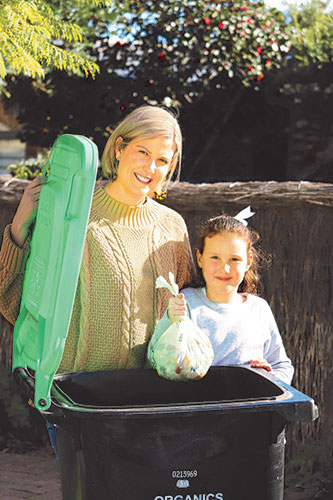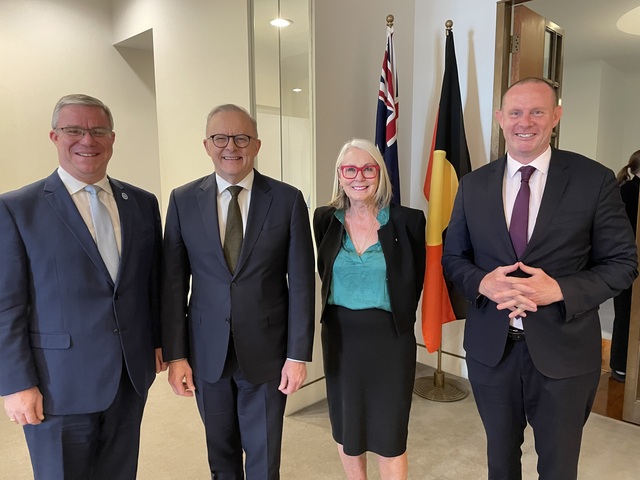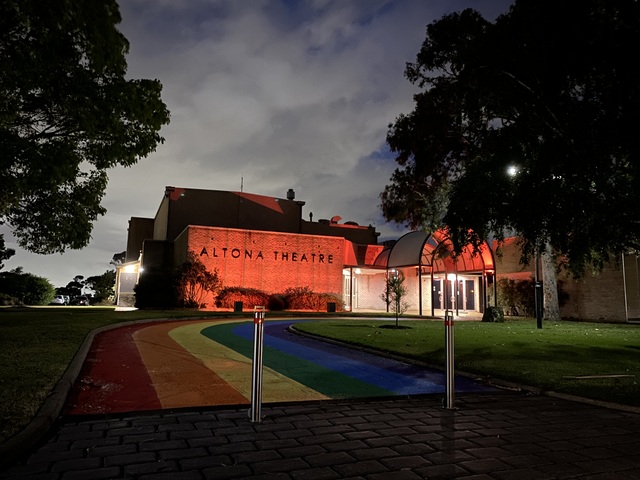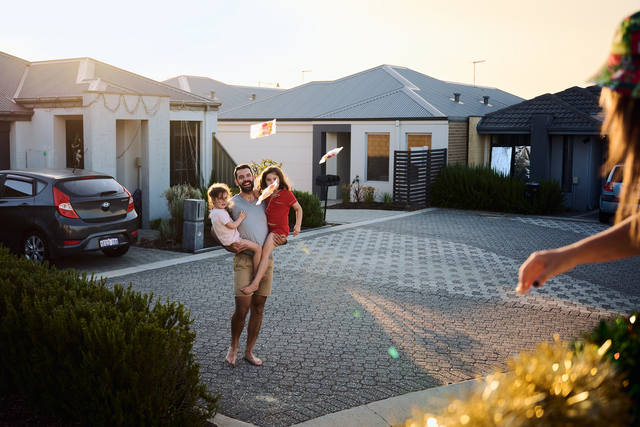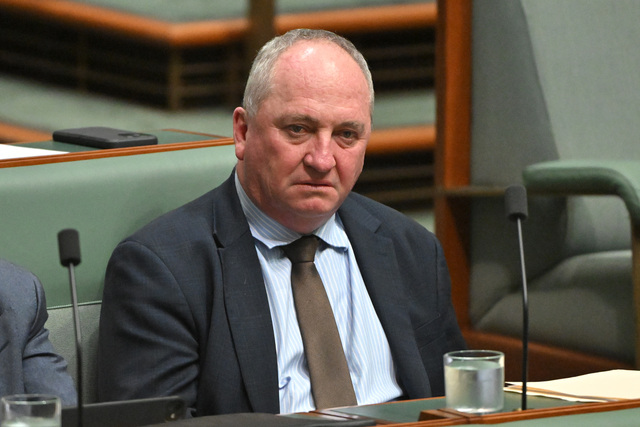For the 10 weeks leading up to November 2019, City of Burnside, South Australia, disposed of 93 tonnes of waste to landfill less than the same 10 week period in 2018, saving Council over $10,000 in waste levy (plus service charges).
Waste warriors and starter-recyclers, and everyone in between, are becoming more conscious of reducing the amount of waste disposed in their waste-to-landfill red bins.
This means more use of the yellow lid recycling and green lid organics bins in the City.
The benefits from everyone doing the right thing with their bins and maintaining the current course could result in saving 500 tonnes of landfill for the year.
With the waste levy increasing again in January 2020, the saving to Council could be $65,000.
The City’s Spring 2019 Focus newsletter included tips on the green lid organics bin: ‘As a rule of thumb, if it grows, it goes in the organics bin’, including pizza boxes, tissues and paper plates.
In further education, households are instructed to ignore the ‘recycling numbers’ on the bottom of plastic containers as the old system is slowly being phased out and replaced by the Australasian Recycling Label giving easy to understand recycling information.
Council’s waste collector, East Waste, a subsidiary of seven eastern Adelaide metropolitan councils: Adelaide Hills, Cities of Burnside, Campbelltown, Norwood, Payneham and St Peters, Mitcham and the Corporation of the Town of Walkerville, will commission South Australia’s first fully electric-powered waste collection truck this month.
East Waste General Manager, Rob Gregory, said the new truck would replace a diesel-powered truck and, with zero emissions, remove the polluting equivalent of 20 vehicles generating 63 tonnes of carbon dioxide every year from suburban streets.
The truck is the first in a fleet replacement program and is supplied by an Australian company, Superior Pak, using drivetrain technology from another Australian company, SEA Electric.
It is valued around $550,000, which is $150,000 more than a diesel version. The extra investment will return financial savings along with a raft of environmental benefits.

